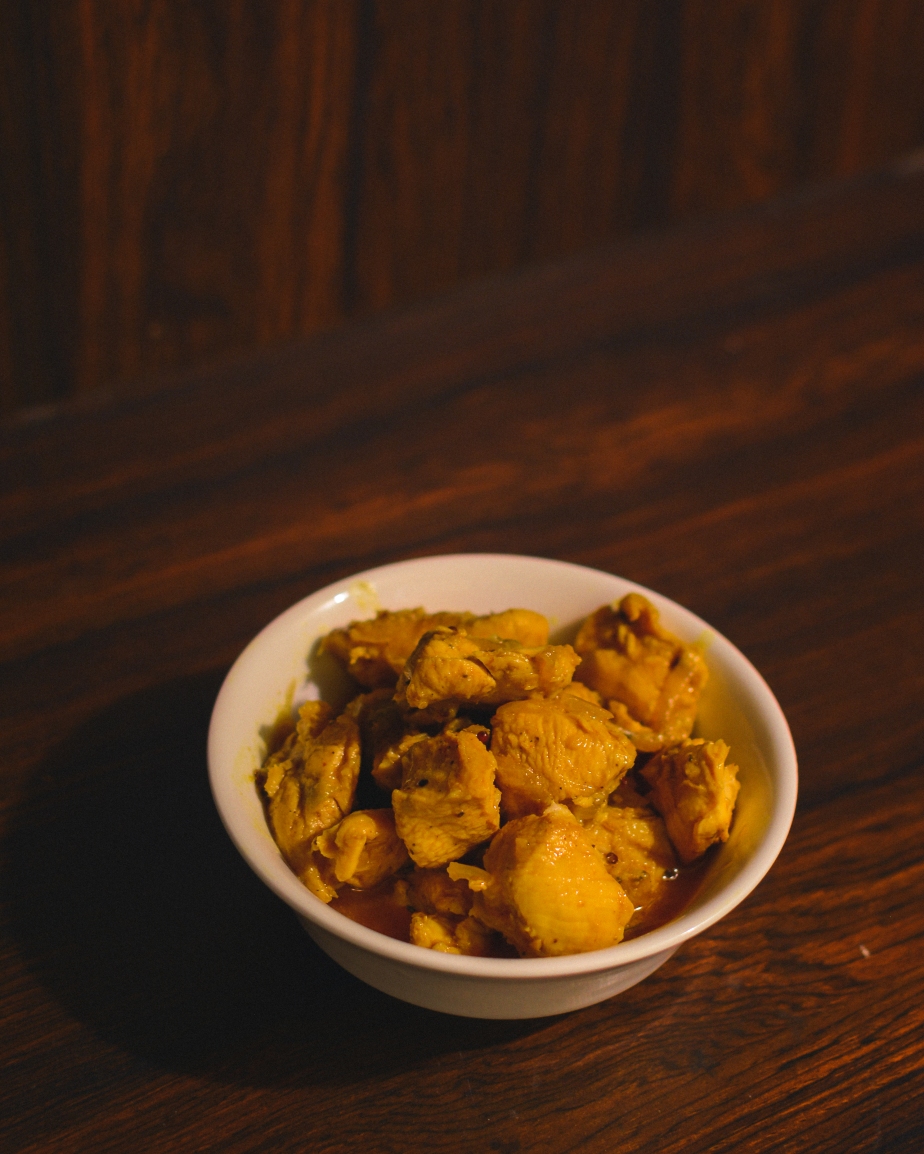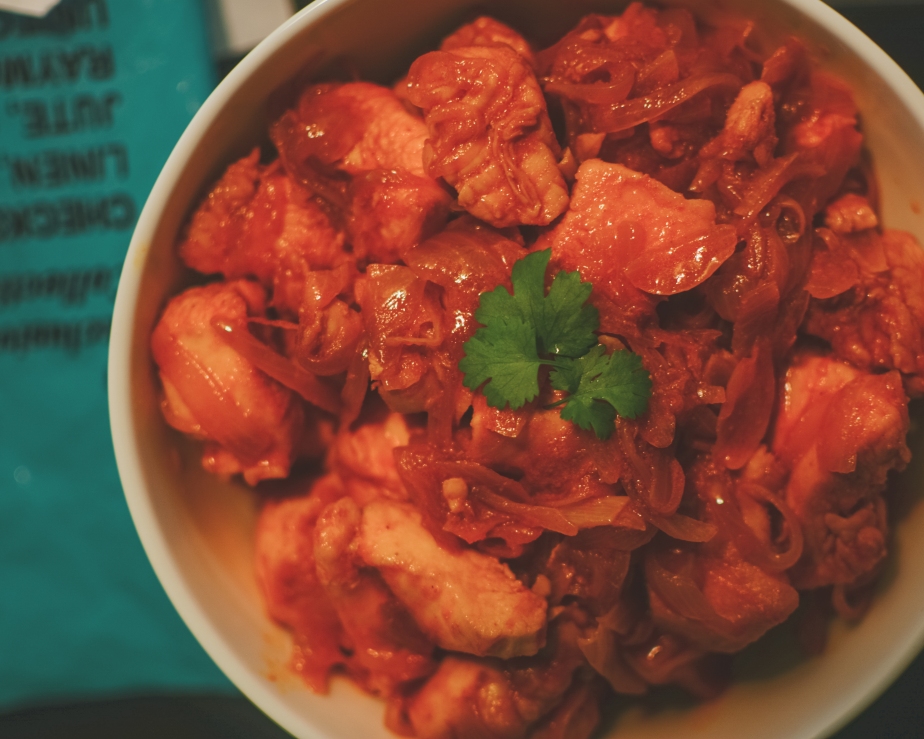
Honestly, not much needs to be said about this dish. As far as I know, it is of Persian origin, and came to India through the influence of the Mughal dynasty. As chili peppers weren’t a thing in India back then, this is spiced with peppercorns and khade masale, whole spices, and such it is quite mellow and lets the star ingredient shine through, which is lamb. Great glorious lamb. I suggest finding the best lamb you can, on the bone, because if anything, this dish is a lamb curry where the base for the sauce is rice. Yakhni is a Persian-origin word that means stock or broth, and that is precisely what you need to make first, and then cook the rice in it. I’ve always wanted to cook a Yakhni Pulao, and it’s come out exactly like I thought it would. This is quite different to the way we make biryani here in Hyderabad, and it’s quite delicious! ~Adi
Yakhni Pulao
Prep time: 15 minutes
Cook time: 2 hours
Ingredients
500g lamb on the bone, cut into large-ish chunks
1 tsp cumin
1 inch piece of ginger, whole
5 cloves of garlic, crushed slightly
1 inch stick of cinnamon, broken into bits
3-4 green cardamoms
4-5 cloves
2 black cardamoms
8-10 black peppercorns, whole
2-3 bay leaves
5 medium onions, sliced thinly
a few strands of saffron, infused in 2-3 tbsp milk
2 cups rice (to serve 4), use basmati
4 cups water
4 tbsp yoghurt, beaten till smooth
ghee
1 tsp garam masala
2-3 drops kewda essence (optional)
Method
- Soak the rice for about thirty minutes.
- Place the ginger, garlic, cinnamon, cardamoms, cloves, and bay leaves in a cheesecloth or a tea-egg, and seal it to make a bouquet garni. Heat some oil in a pressure cooker, and add the cumin. Let it sputter, before adding the meat, and immediately the water, and the bouquet garni. Seal this and pressure cook until tender.
- Fry some onions till golden- to biryani-brown. Mix the garam masala and the yoghurt together.
- Depressurise the cooker, extract the meat and set aside. Strain the stock – the yakhni, and add water until it measures up to 4 cups again.
- Heat some ghee in a large pot, add the meat and 3/4 of the fried onions to it, before adding the yoghurt-garam masala mixture to this, and stirring to coat the meat, making sure you don’t break it up.
- Fry for a couple of minutes, before straining the rice, and adding it to the pot. Add the 4 cups-worth of yakhni to this, and stir to make sure everything is evenly mixed and distributed.
- Place a flat lid on the pot and weigh it down (I used a heavy stone mortar) to seal it. Cook on a medium heat for 5 minutes, until it slowly boils, then decrease the heat to the lowest it will go until the rice is cooked, and has completely absorbed the water.
- Finish with the saffron-infused milk, and garnish with the leftover onions.









